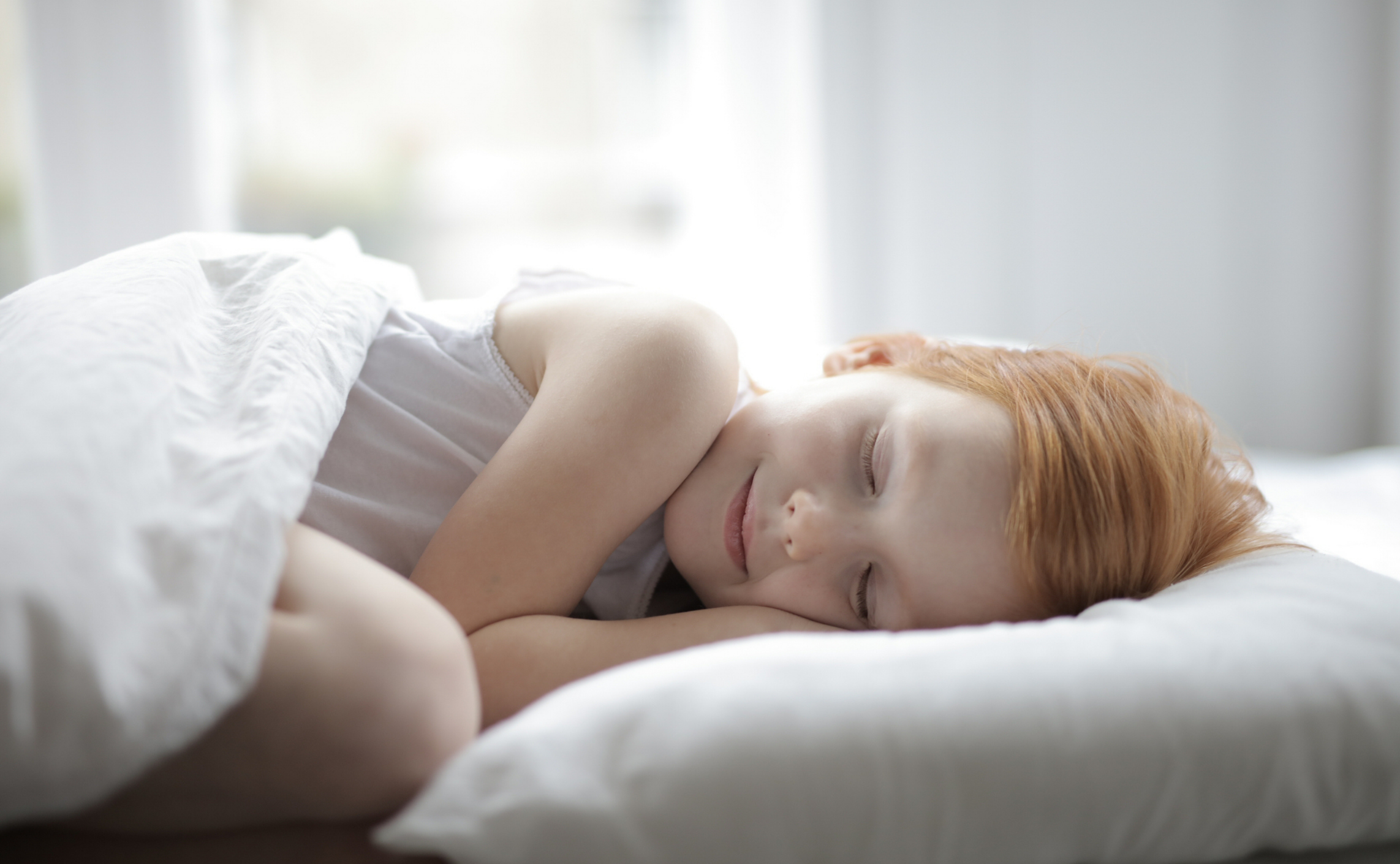
It’s time to look at our relationship with sleep. When we were kids, sleep was a priority. Our childhood bedtime routine usually consisted of dinner, brushing our teeth, reading a book and then heading off to dreamland (sheep included).
Just like any aspect of our routines, the early stages were important for establishing long-term healthy habits. Sleep was also crucial for our early development –– like emotional regulation, learning and brain function.
But somehow when we got older, sleep became less of a priority in our lives. And while this seems like it makes perfect sense, lack of sleep actually has a long list of negative consequences.
If we could go back in time, what could we learn about our childhood sleep routine?
The importance of getting enough sleep
Sleep is essential to help your body function at its best. It recharges your mind and your body, so you’re refreshed and alert when you wake up. Healthy sleep also helps your body naturally heal itself so you can remain healthy and even fight off disease. It’s especially important if you’re managing a health condition like type 2 diabetes.
When we aren’t getting enough sleep, it affects us more than we think. Yes, we might be groggy and irritable throughout the day, but what’s worse are the effects we can’t see.
Health risks caused by sleep deprivation:
- Increased fat storage
- Insulin resistance
- Weight gain and obesity
- Diabetes
- Hypertension
- Heart disease
- Stroke
It’s also important to note that these risks impair metabolic health and eventually worsen type 2.
How much sleep do you need?
Sleep deprivation causes physical and mental stress for your body. Less than 7 hours of sleep is associated with impaired immune function, increased pain, impaired performance, increased errors and greater risk of accidents.
Around 5-6 sleep cycles are ideal for a good night’s rest. Each cycle takes 90 minutes, and it is best to wake up at the end of a sleep cycle; ideal total sleep time ranges between 7.5-9 hours.
The benefits of creating a bedtime routine
What if you could revisit your childhood sleep routine to encourage better sleep? Or even sync up your current sleep routine with your kids?
Our childhood (or even your children’s current sleep routine) often included going to bed at the same time every night. There were usually steps taken before getting into bed – like brushing teeth or reading a bedtime story.
The bedroom was dark (unless using a nightlight) and you woke up at the same time each morning.
This worked because going to bed and waking up at the same time each day helps regulate your biological clock (or circadian rhythm), so your body learns when it should be asleep versus awake.
You can start incorporating a regular sleep routine into your schedule by doing the following:
- Go to bed at the same time each night.
- Setting your alarm for the same time every morning.
- Start winding down 1-2 hours before bed by turning off electronics and reading a book, taking a hot bath, stretching, etc.
- Limit liquid intake before bed and monitor your blood glucose levels.
- Quality sleep starts the moment you wake up…. to make it easier on yourself and stop consuming caffeine 6 hours before bedtime, limit naps to 30 minutes and get some exercise.
- Make it a fun time for everyone in the family, house, apartment, etc. and get everyone involved.
You’ll know that your sleep routine is working for you when you’re able to sleep throughout the night, without waking up. You fall asleep within 20 minutes of lying down and when you wake up you feel rested and alert.
So maybe grabbing a teddy bear and curling up to a nice bedtime story before falling going to sleep isn’t just for kids after all.
Sep. 24 2021